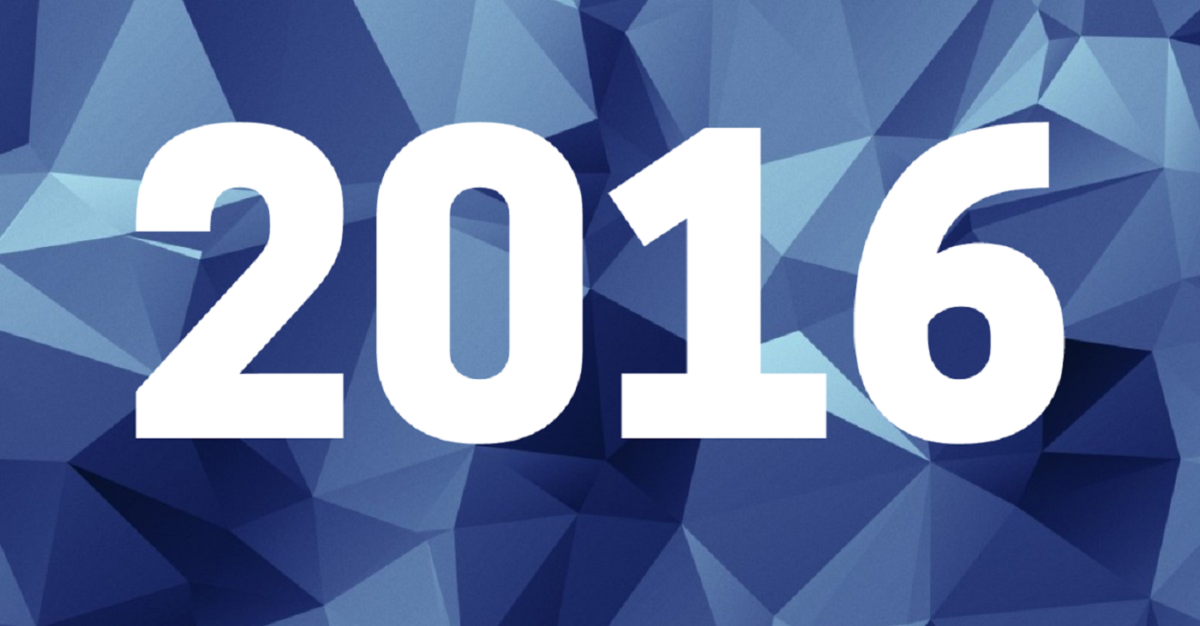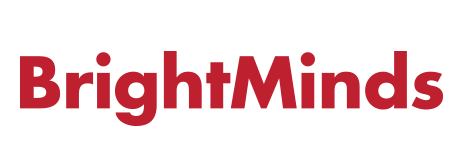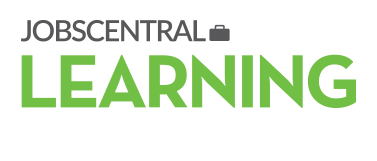The HR industry, as with other industries, will have its fair share of challenges to overcome as we move into 2016.
2015 has been a year of many breakthroughs and disruptions in the business environment. Reports suggest that technology and a globalised marketplace have tipped the balance in favour of consumers. These have not only allowed them to expect authenticity, engagement, but also a relationship with their products, services and even employers of choice.
To ensure that their business models remain relevant, organisations like GrabTaxi, a taxi booking app, have invested in research and development (R&D) to understand how consumers work. The company has plans to open an R&D centre here in Singapore, and tap on data scientists and developers to analyse new market opportunities. These efforts will help the organisation turn their understanding of the region into a serviceable product suited to their audience.
Echoing the need to future-proof businesses during a Singapore Business Federation (SBF) dialogue held earlier in October, Finance Minister Mr Heng Swee Keat mentioned that in order to stay relevant, organisations need to focus on five “futures”; namely the future of jobs, companies, resources, technology and markets.
These points are especially significant to the Human Resources (HR) industry, as it has to oversee a myriad of functions – from company branding, recruitment to employee management and strategic planning. All of these are processes that require HR professionals to have an intimate knowledge of consumer, business and technology trends.
What’s in store for HR?
In Singapore, the greatest challenges for HR are talent acquisition, retention and development. These are made even tougher with our low unemployment rate – 2.0% as of H1 2015 – and open vacancies outnumbering job seekers. This has resulted in candidates becoming more selective in their employers of choice, and the rise in competition among organisations to attract employees through perks such as flexible hours, quarterly incentives and holistic training.
To stay competitive in this tough environment, businesses leaders will need to tackle these problems head-on, or risk falling behind. As a start, organisations need to move away from traditional practices and solutions, relook at their employment cycle, and adopt savvy HR solutions that will allow them to maximise resources.
Here, we provide you with our top HR trends to look out for as we move into 2016.
From Administrator to Business Partner
In order for HR departments to channel all their efforts into managing their human capital, administrative processes like payroll, employee data, performance reviews, and training will have to be automated and digitised. This change is necessary as HR departments are still wasting too much time and resources managing administrative duties and employee-related issues.
Once administrative processes have been digitised, HR professionals can move into their role as an internal HR Business Partner (HRBP), one that provides council to C-level executives on potential talent gaps, retention strategies and market trends.
For a successful partnership, both HRBPs and C-level executives first need to have a clear breakdown of their recruitment funnel, productivity issues, and the kind of human capital they will need for future market situations.
Plans can then be drawn to digitise recruitment processes, and secure investment in a full suite of onboarding and media solutions. These steps will ensure that their organisation has the right infrastructure to attract a ready pool of talent.
Recruitment will become Serious Business
A deep understanding of the business roadmap and human capital planning will allow HR leaders to pursue the second part of the process: To re-examine their recruitment framework and take a more proactive step to attract and engage top talent.
This can be accomplished with the use of cloud-based big data analytics. For example, CareerBuilder’s Big Data Analytics Suite (BDAS) equips HR leaders with vital labour market information by pulling and analysing data from existing job boards, career sites, employee referrals, as well as applicant tracking systems (E.G: CareerBuilder 1 Premium).
The information is then distilled into a single pane for management to churn out strategic reports on everything from operational efficiency, candidate engagement and the performance of individual recruitment channels.
With the right combination of technology, HR departments can transform themselves from being a reactive component, into a business partner with the foresight to make better talent-related decisions.
In addition, we also expect HR vendors and media providers to adopt social media and network recruitment strategies. Talent pipeline solutions and job boards will become complemented by tools that enhance referral recruiting, tap on Candidate Relationship Management (CRM) systems and ensure ads performance tracking.
These resources, if used correctly, will serve to provide employers with an additional channel for employer branding, one targeted at an audience made up of active jobseekers.
Continued Push towards Education
Companies must also recognise that staff are looking towards greater learning opportunities to fuel their growth. With more government support such as SkillsFuture aimed at fostering a knowledge-based economy, companies must expect that their staff would be more inclined to pursue higher education. In fact, our survey results show that the demand for further education has grown, with 8 per cent more respondents keen on taking up a diploma this year from 2013.
Apart from the slew of government funded initiatives like SkillsFuture, Continued Education & Training (CET) and Mid-career Enhanced Training Subsidies – which will come into fruition as the year progresses – organisations should tailor their own internal training programmes for their staff.
To accomplish this, HR professionals will have to devise career progression paths and a training framework for different tiers of employees. Once this is done, a training curriculum consisting of internal mentorships, cross-training initiatives and government-funded courses can be formulated to fit requirements.
Furthermore, HR personnel can provide counsel for staff on career opportunities and training initiatives available to them. This ensures that all employees can envision their career prospects and understand what it takes for them to succeed.
Freelancers and Outsourced Work
The labour market is expected to remain tight in 2016, and line managers will face the challenge of completing deliverables with a lean workforce. To remedy this, employers will need to start embracing talents from other pools that they might not have considered before.
The hybrid workforce of tomorrow will be comprised of staff on premise and freelancers and temporary partners that work remotely. A good base of temporary talent will allow companies to leverage skilled individuals, address urgent deliverables, mitigate the cost of a new hire and maximise internal resources for the long haul.
Nevertheless, organisations should always keep in mind that part-time or temporary workers are not the ultimate solution, and that a pool of trusted individuals should be groomed to minimise work delays.
The HR industry, as with other industries, will have its fair share of challenges to overcome as we move into 2016. The trends highlighted here show that tasks such as HR solutions implementation, recruitment and human capital management are all projects that must be constantly observed and nurtured.
To remain competitive as a business and employer of choice, HR leaders must work together with internal stakeholders to move away from legacy practices, continue to re-evaluate their processes and adopt models that are in line with the current economic and social curve.





